Decoding the Design
Even the thoroughly modern 2015 Mustang pays homage to its historic design lineage
By Steve Turner
Photos and videos courtesy of Ford Motor Company
Love it or hate it, when you see the latest Mustang, you know it’s a Mustang. That’s because Ford’s designers have studied the car’s past while moving its design forward into the future. The S550 shares many of the design attributes of its predecessors.
“All great sports cars are living, breathing machines that reflect both their drivers and their creators,†Moray Callum, Ford vice president of global design, said. “Like a living organism, they must change and adapt, or go extinct.â€
We certainly don’t want Mustang extinction, and with a storied past and a bright future, that doesn’t seem likely. “As one of the few cars that has been in continuous production for 50 years, Mustang has successfully adapted while retaining its essence,†he added.

Having a loyal following means any new Mustang has to please its fan base while continuing to attract younger customers. Such is the tightrope designers had to walk while creating the 2015 Mustang. In fact, in emphasizing this family lineage with photos and videos, Ford’s PR team equates the car’s family resemblance to that of the likeness you see in your old family photos when you look at them next to photos of your children.
“With a car as iconic as Mustang, it’s important to retain enough visual identity to tie it to its predecessors,†Moray added. “Part of the designer’s job is to edit, – selecting the elements needed to create an overall interpretation of the car that is both modern as well as unmistakably Mustang.â€
In fact, Joel Piaskowski, the chief designer of the 2015 Mustang, once told your author that he tried to edit out as many of the traditional design cues as possible while still retaining the essence of the Mustang. The editing is most evident where designers left out the traditional hockey stick on its side. Instead they implied it with a simple filet on the car’s flanks.

Yet despite editing and pushing the design forward, Ford’s designers retained Mustang’s design DNA. To point out all the cues that make up that DNA more clearly, Ford shared a set of photos and a number of videos highlighting the key attributes found on the 2015 Mustang. They really demonstrate the care and thoughtfulness shown by the designers creating the latest Mustang.
You can flip through that family photo album below and see if you can find the family resemblance. Then comment and tell us what design DNA attributes you believe are essential to the Mustang look.
https://www.youtube.com/watch?v=JWngE5E68GA
https://www.youtube.com/watch?v=k7bvg78GJe8
https://www.youtube.com/watch?v=H5TcGxe5VKE
https://www.youtube.com/watch?v=f3fCt7AsF5A
https://www.youtube.com/watch?v=Edb0Wv8xQH8
https://www.youtube.com/watch?v=_dokUnfRMcA
https://www.youtube.com/watch?v=A2jllQwNof8


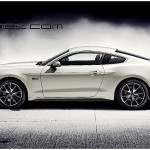
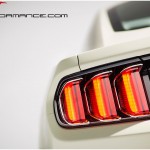
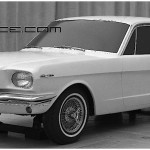
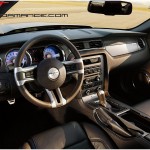
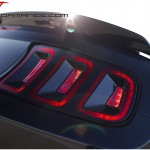
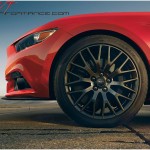
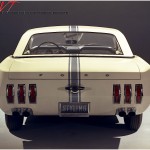

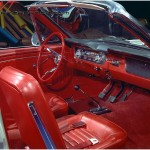
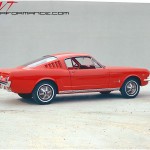
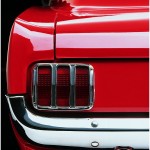
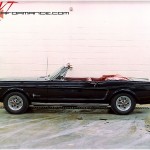
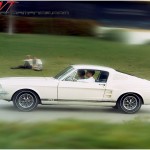
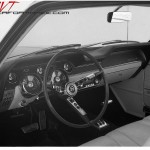
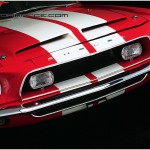
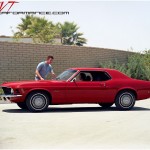
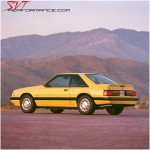
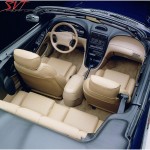
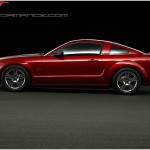
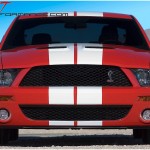
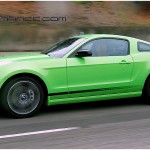
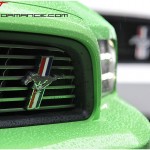
What year is the older shelby that is red with white stripes?
It has 2 rectanglish lights in a trapezoidish grill opening.